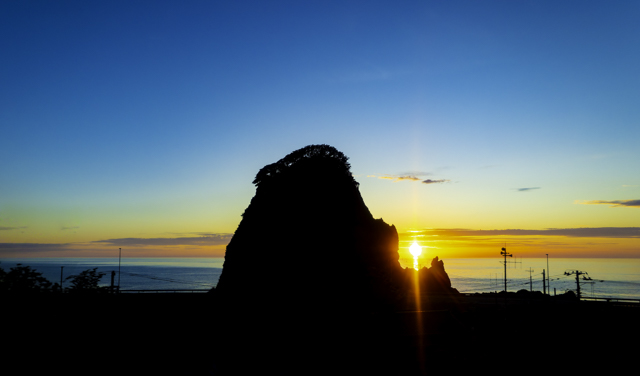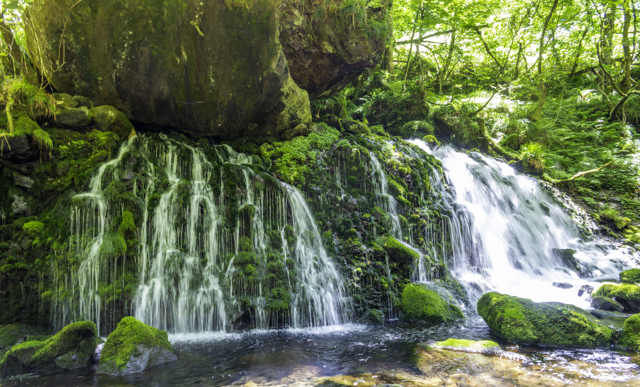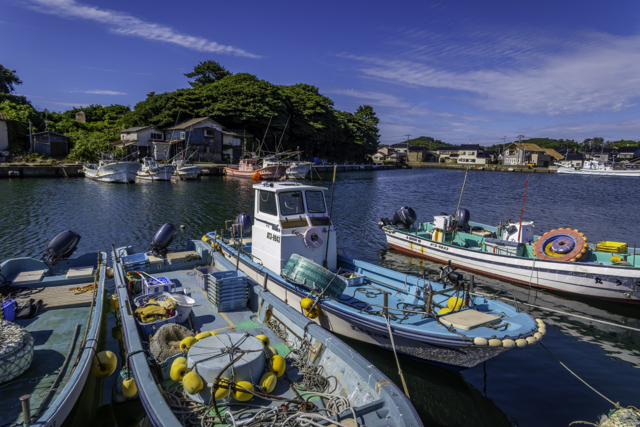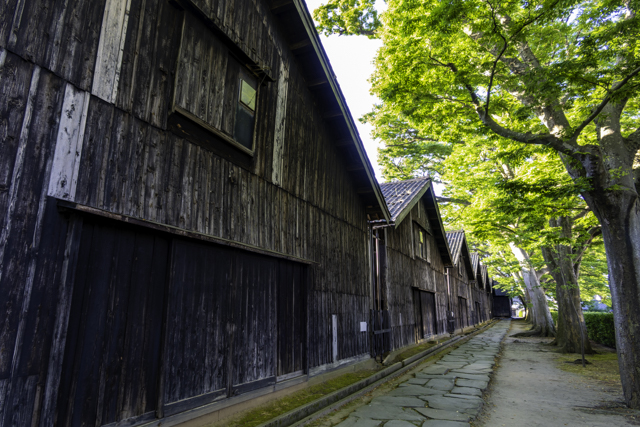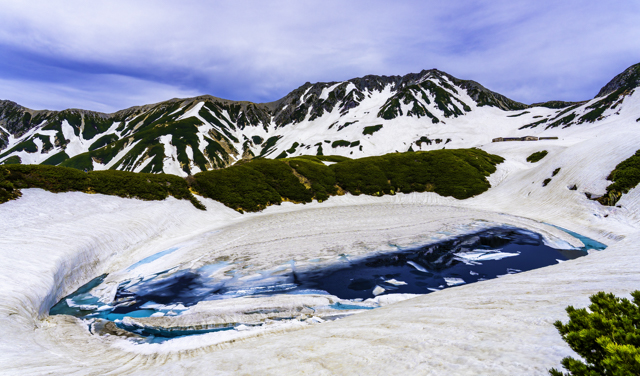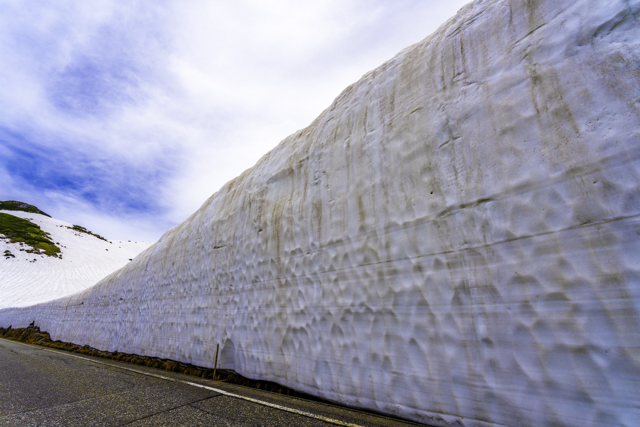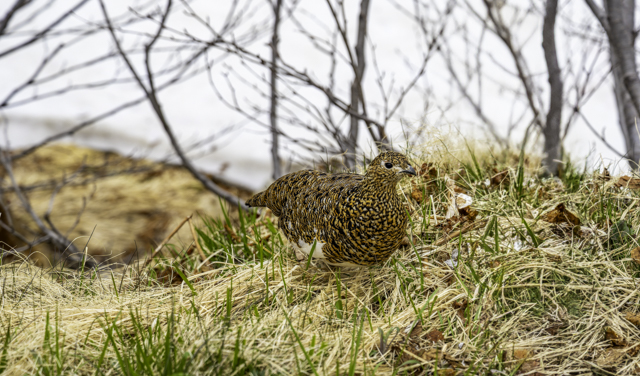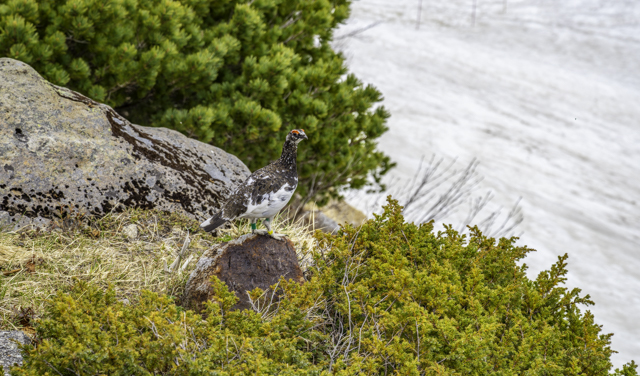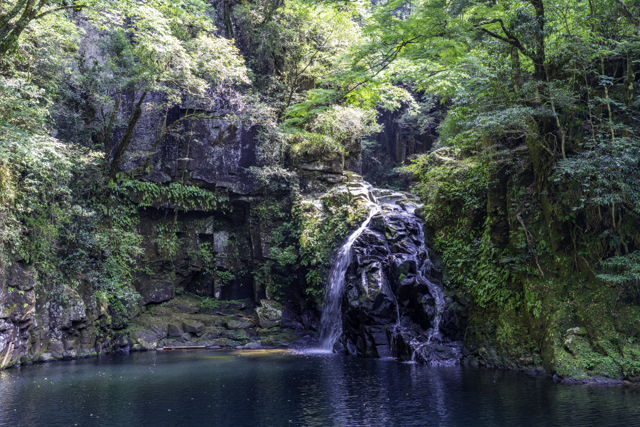
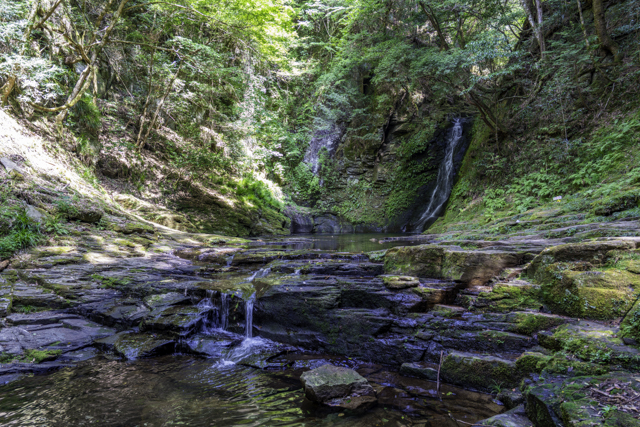
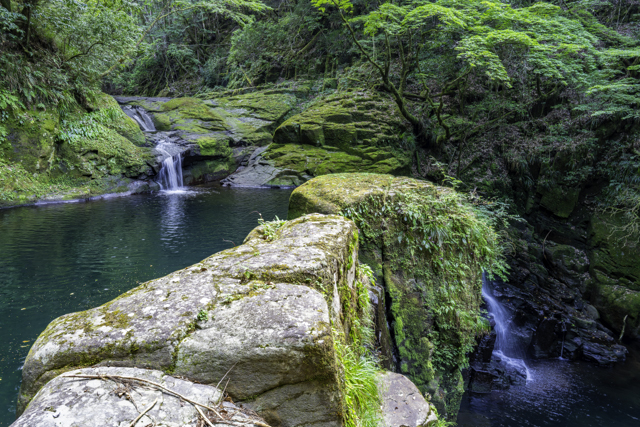

This year’s rainy season was almost non-existent, and the heat arrived early. I happened to visit a waterfall at the foot of Mt. Chokai in Kisakata of Akita Prefecture in July. While the surrounding area was sweltering, the air was chilly around the waterfall. I had always thought elevation was the only key to escaping the summer heat, but I belatedly learned there is an alternative way.
August brought even more heat, and I felt worn out by the summer. Seeking coolness, I decided to go to waterfall viewing again. After some research, I found a place in Mie Prefecture called Akame 48 Waterfalls. With 48 waterfalls, it must be a coolness place.
The day was sunny with clear skies. Naturally, it was extremely hot. Having made little research beforehand, I found a fairly steep uphill path starting right from the waterfall entrance. Besides, it was about a 3-hour trek for round-trip.
According to my scientific knowledge, rivers flow from higher to lower elevations. Also, I know that a waterfall exists where the river drops sharply. Therefore, a significant elevation difference is inevitable if there are 48 waterfalls. With trekking, I have to climb the elevation difference by myself. Once I arrived in Mie Prefecture, it was too late to realize this.
Sweating buckets, I climbed the uphill path while viewing the waterfalls. Unfortunately, the water volume was low, and the waterfalls were not as impressive as I heard. My sweat-soaked shirt might have more impressive view. This year had a dry rainy season, so it was likely the water volume was affected by that. Once I arrived in Mie, I had to admit I realized it was too late.
I stopped by the water edges for little breaks. While pleasant breezes occasionally blew, they only offered little real coolness. Along the way, I passed a water vending spot. It used spring water to chill bottles, but they were just slightly cooler.
Came to think of it, the waterfall in Kisakata, Akita Prefecture was fed by underground water from Mt. Chokai. There are no mountains that have similar elevations to Mt. Chokai along the border between Mie and Nara Prefectures, besides the Kii Peninsula is not in the Tohoku region either. After all, Akame 48 Waterfalls were different from the waterfall in Kisakata in both geographically and climatically. I had to admit it was too late to realize this once I arrived in Mie.
Staying inns at Akame district comes with a benefit, the admission ticket for the 48 Waterfalls on check-in day gives free entry on the following day. I intended to take advantage of this but decided to avoid revisiting the waterfalls due to the un-coolness.
I decided to go to Ise instead. I probably should have visited Ise Jingu Shrine in the proper order. However, due to time constraints, I had to skip visiting the Geku (Outer Shrine). The “time constraint” was caused by a famous Japanese patisserie, Akafuku’s main store. As expected, freshly made Akafuku tasted better than the ones sold at Nagoya Station.
This was my first visit to Mie Prefecture. The only thing I could imagine before arriving Mie was the Akafuku. In the end, visiting Mie Prefecture was quite a challenge for me.
My knowledge of Mie Prefecture was nearly non-existent. Besides, I learned that the area around the waterfall could be cool just in the previous month. I should have considered unfamiliar things more carefully. If such realization is the key, then that is precisely what “ignorance is knowledge” means.
In Mie Prefecture, I approached the abyss of life.
COLO’s Traveler Guide: Mie
Times listed are based on the timetable at the time of visit.
Day 1
Shin-Yokohama 08:39 (Nozomi 219) > Nagoya 09:56
Nagoya 10:30 (Kintetsu Limited Express) > Nabari 11:56
Nabari 11:59 (Kintetsu) > Akameguchi 12:02
Accommodation: Taiseikaku
Day 1 Tips
・Purchase Nagoya’s famous Hitsumabushi (finely chopped grilled eel) bento at Shinkansen station and ate it on the Kintetsu Limited Express.
Day 2
Akameguchi (Kintetsu) 09:00 > Nabari 09:03
Nabari 09:05 (Kintetsu Limited Express) > Ise-shi 09:54
Take a taxi from Ise-shi Station
Meoto-iwa East Exit 11:33 (Bus) > Naiku-mae 12:00
・Ise Jingu Naiku (Inner Shrine)
・Sushi Kyu
・Akafuku Main Store
Taxi to Isuzugawa Station
Isuzugawa 14:49 (Kintetsu Limited Express) > Nagoya 16:17
Nagoya 16:49 (Nozomi 418) > Shin-Yokohama 18:06
Day 2 Tips
・Since I visited Futami Okitama Shrine first, I think the beginning and the end followed the proper order to visit Ise Jingu Shrine.
・Avoided weekends, I was able to get into Akafuku Main Store without waiting.

